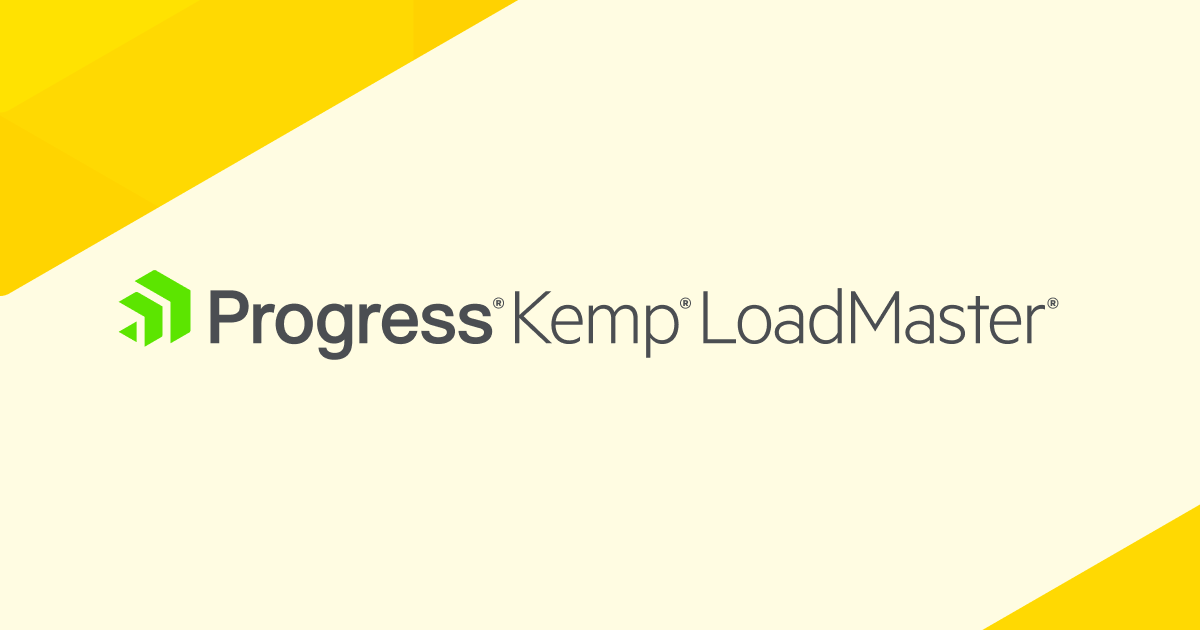This blog post supports the Kemp BrightTALK technical discussion from the 26th of May 2021. In the talk, which you can view here, Barry Gleeson (Product Manager), Roy Dunican (Platform Ops at Kemp), and I discuss how load balancers can improve the deployment of Kubernetes based microservices and containers.
Microservices and containerization have changed the way many applications get deployed. Container technologies like Docker have solved many issues seen with traditional virtualization, but they have also generated their own problems. Such as the proliferation of container numbers and service sprawl.
Companies developed management tools to help tame the prolific growth in the number of containers and help orchestrate the creation and destruction of containers in response to changing usage patterns during the lifecycle of an application.
Kubernetes is the management and orchestration solution that has come to dominate the microservices and containerization space.
Explaining Kubernetes
In February this year, we published a three-article series on Kubernetes by Barry. Those articles are linked below, and I don’t repeat any of the info contained. I’d recommend reading them before taking the time to watch the BrightTALK webinar:
How to Simplify Kubernetes with Load Balancers Webinar
Barry and Roy joined me on the 26th of May webinar. We took a deep dive into how microservices and containerization have transformed application delivery. We also touched on why they are not always the best choice. Of course, we also covered how Kubernetes makes the management of a containerized infrastructure deployment much easier. And finally, how the proper placement and use of load balancers can make Kubernetes, and the applications running on the containers, much more resilient and also self-healing in the case of any issues.
The video is here and also embedded below. It’s well worth an hour of your time.
Conclusion
Kubernetes will make your container and microservices use much more straightforward. Kemp LoadMaster will take your Kubernetes and application delivery on containers to the next level, as outlined in the webinar video.

